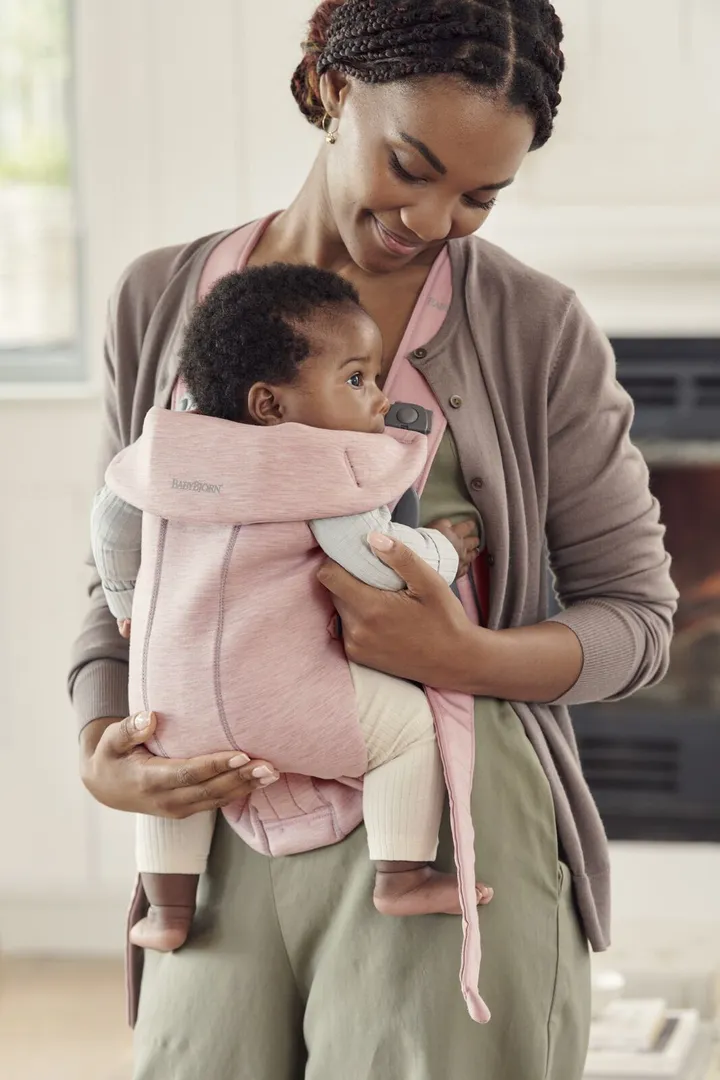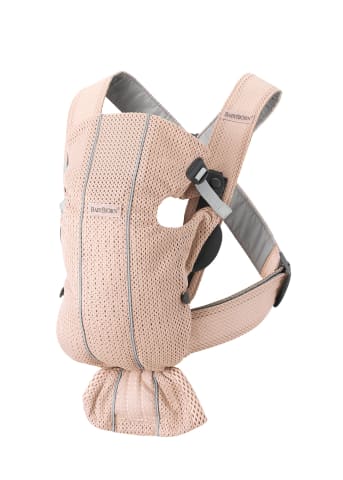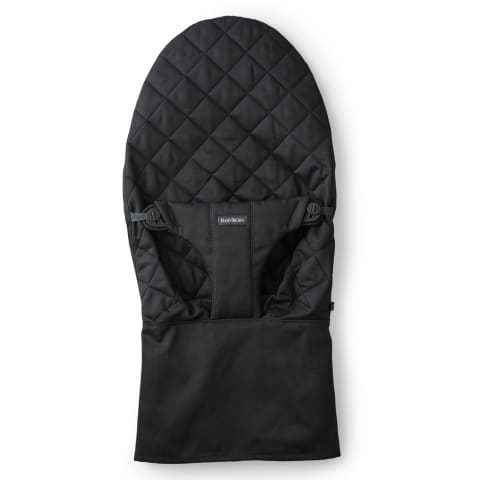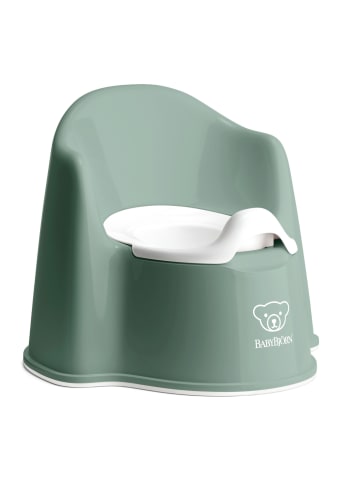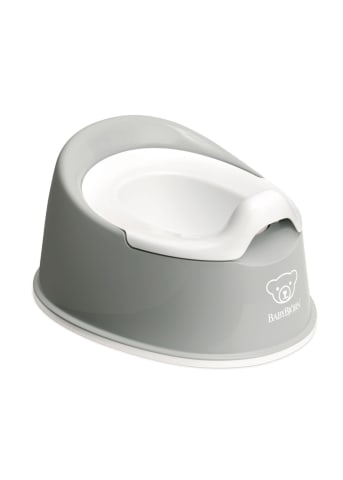About Us
| We’re a family-owned company that puts families first. We sold our very first baby bouncer in 1961. Ever since, we’ve been listening and learning from parents and experts because we want to make parenthood essentials that encourage closeness and can be used and loved every day. Because everything we do, we do for future generations. Join us as we stroll down memory lane! |
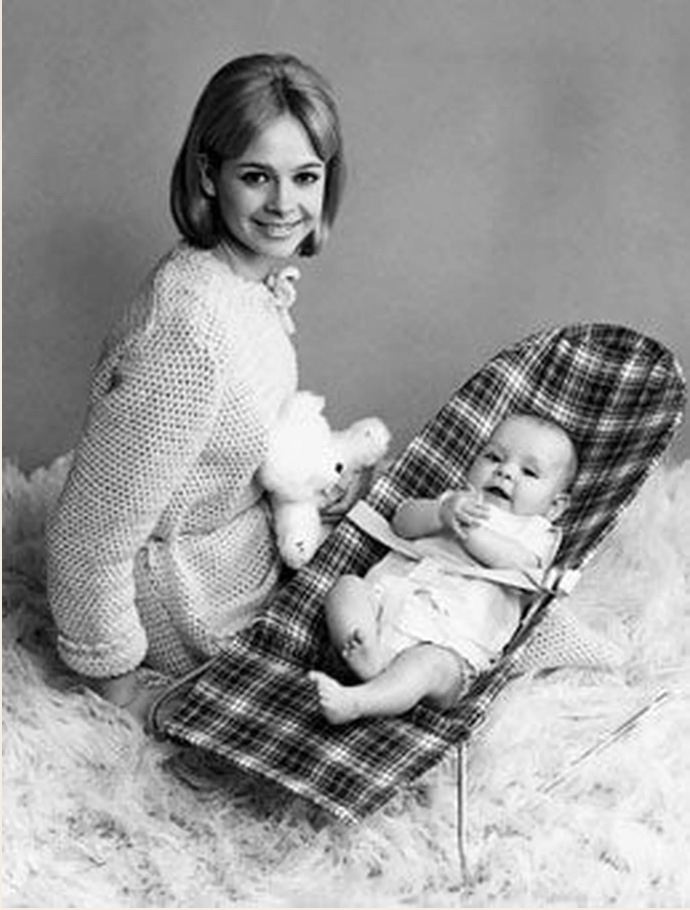
|
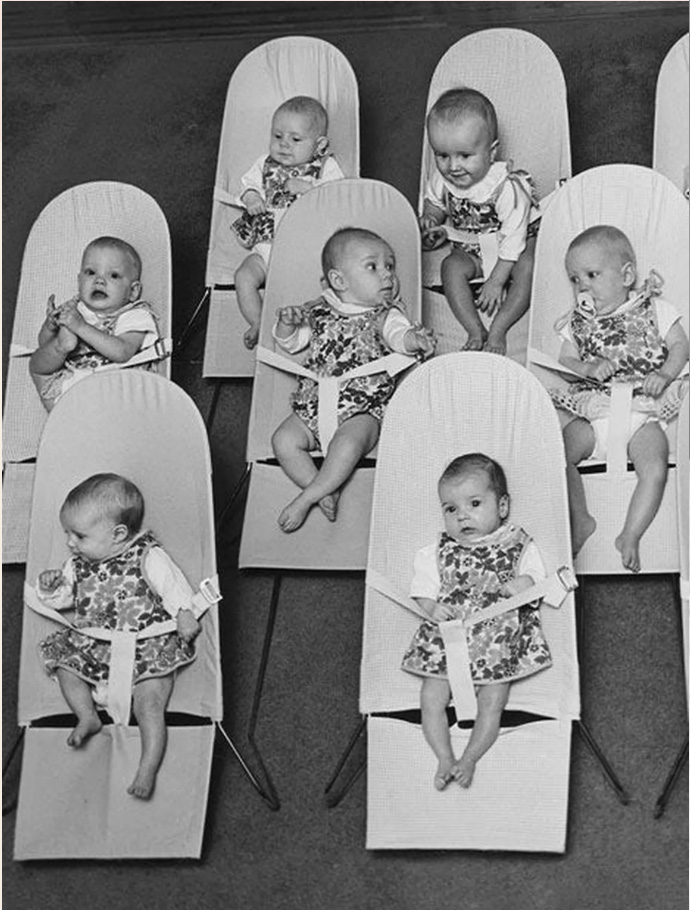 |
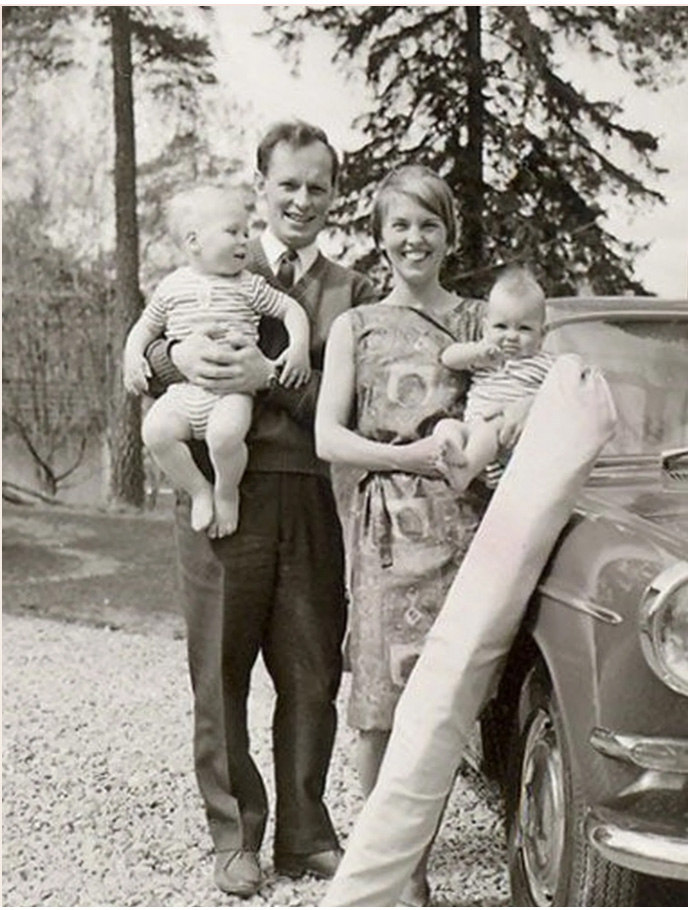 |
|---|---|---|
| 1961 - a brand is born In 1960, Björn Jakobson was in the United States when he was struck by an idea that he just couldn’t get out of his mind. Back home in Sweden, his idea became reality when he started to produce a baby bouncer together with his sister-in-law Elsa Jakobson. |
1963 - bouncers and doctors In the ’60s,babies were supposed to lie either on the floor or in their pram. Björn contacted paediatricians and other specialists about his idea, and after their enthusiastic response the concept of a bouncing chair was born. |
1965 - becoming parents In 1962, Björn met Lillemor, a textile designer, at a dance, and they were married a couple of months later. The young couple quickly became a family of four. Their children Joakim and Siri were born only eleven months apart, which meant the family was living the two under two concept. |
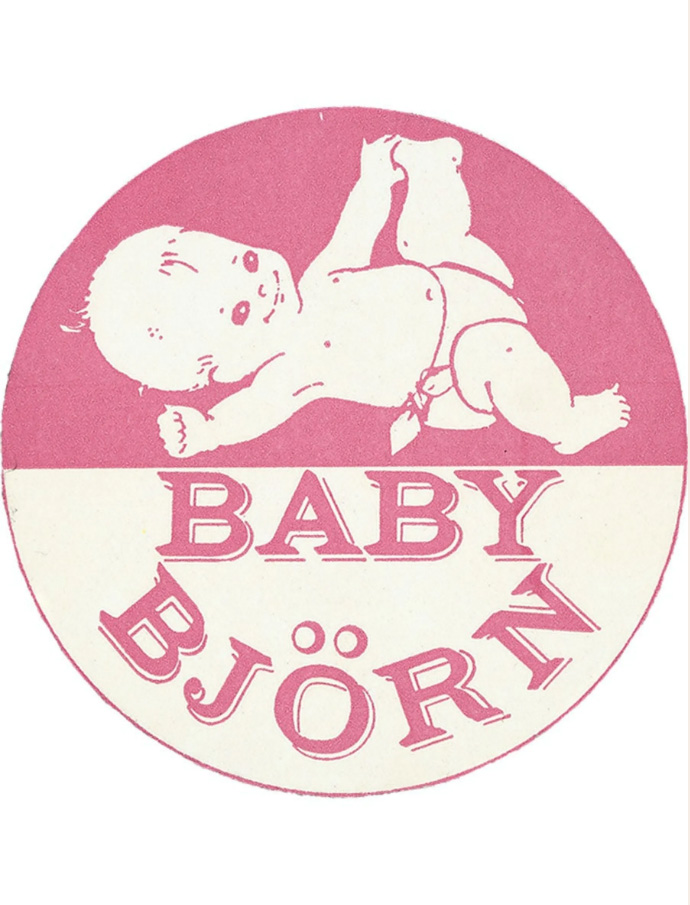 |
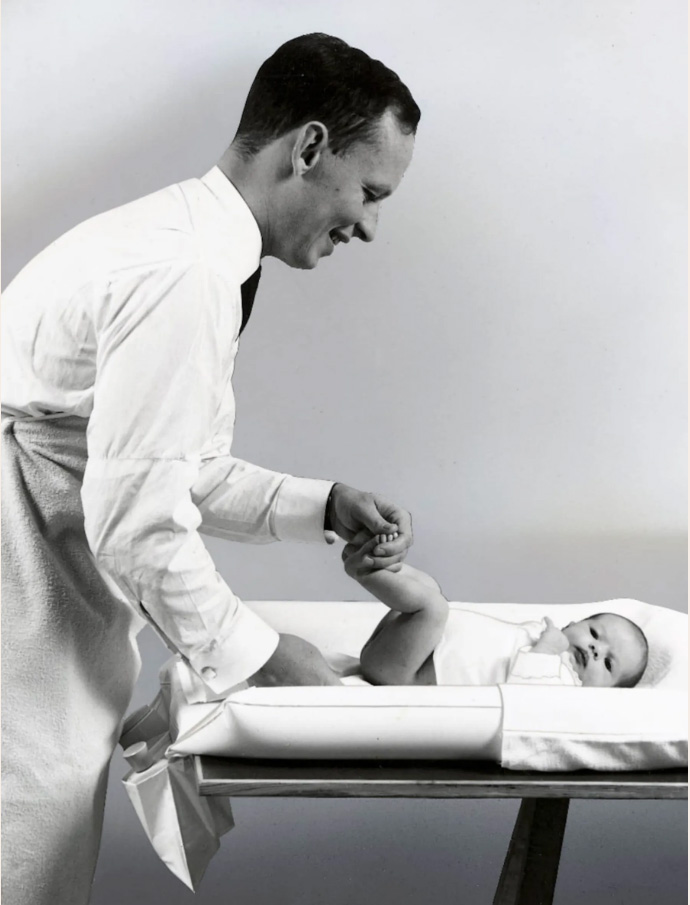 |
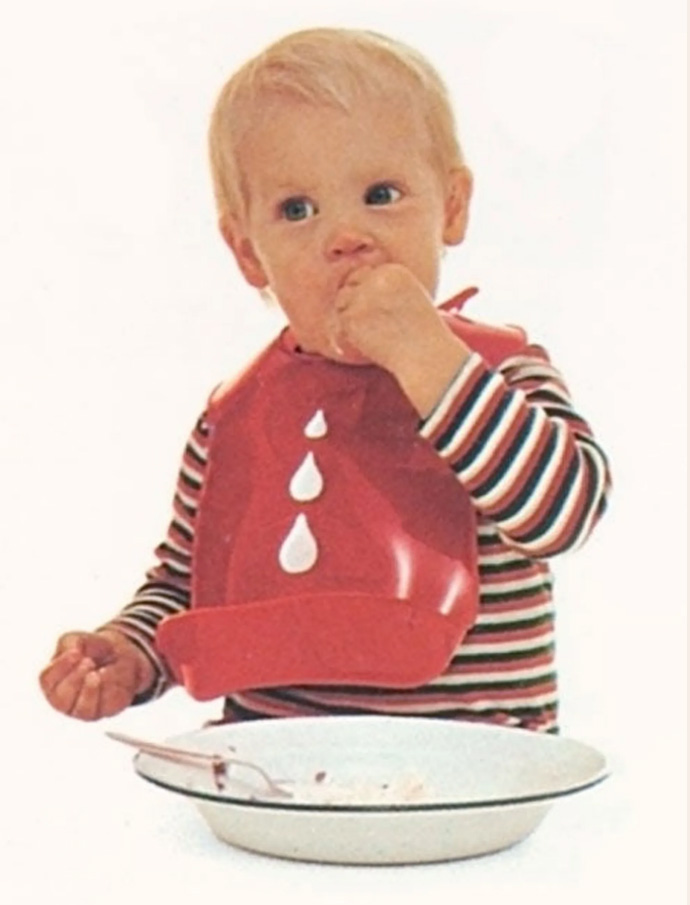 |
| 1964—logo and marketing Björn and Elsa, both of whom were parents of small children, understood how to reach young mothers and generate interest in their products. They created their first logo. |
1965—the inflatable changing mat Björn changing nappies in a white shirt and tie(!). A dad changing nappies was a highly unusual sight in 1962. But for Björn and Lillemor, the importance of the father’s role in a little baby’s life has always been a cornerstone of BabyBjörn’s product development and marketing. |
1968—the bib When their daughter Lisa was ready to start feeding herself, Björn and Lillemor were so overwhelmed by her ferocious full-body method of attacking the food that they immediately saw the need for a sturdy, washable bib. |
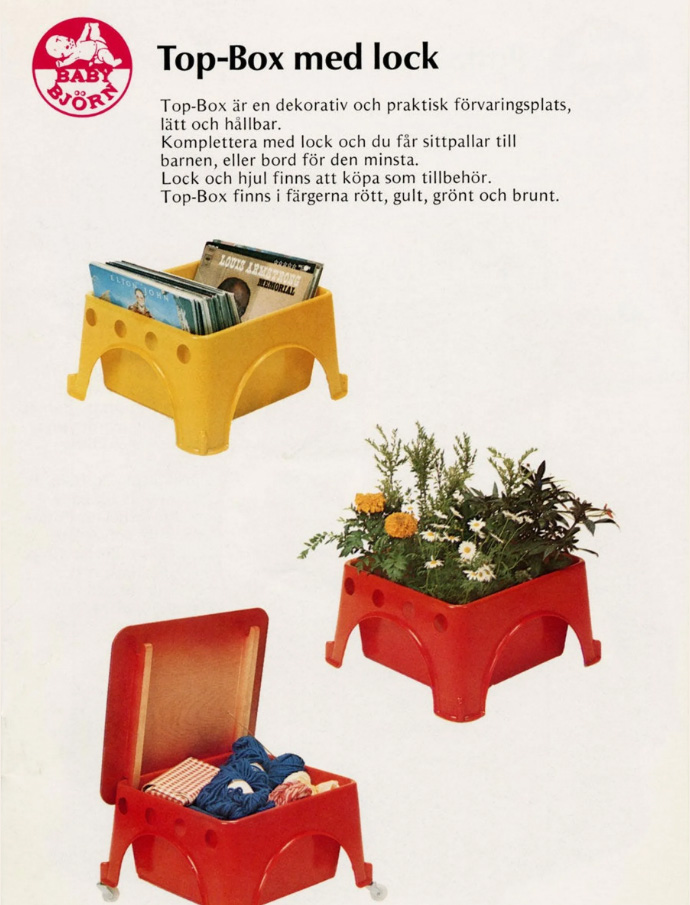 |
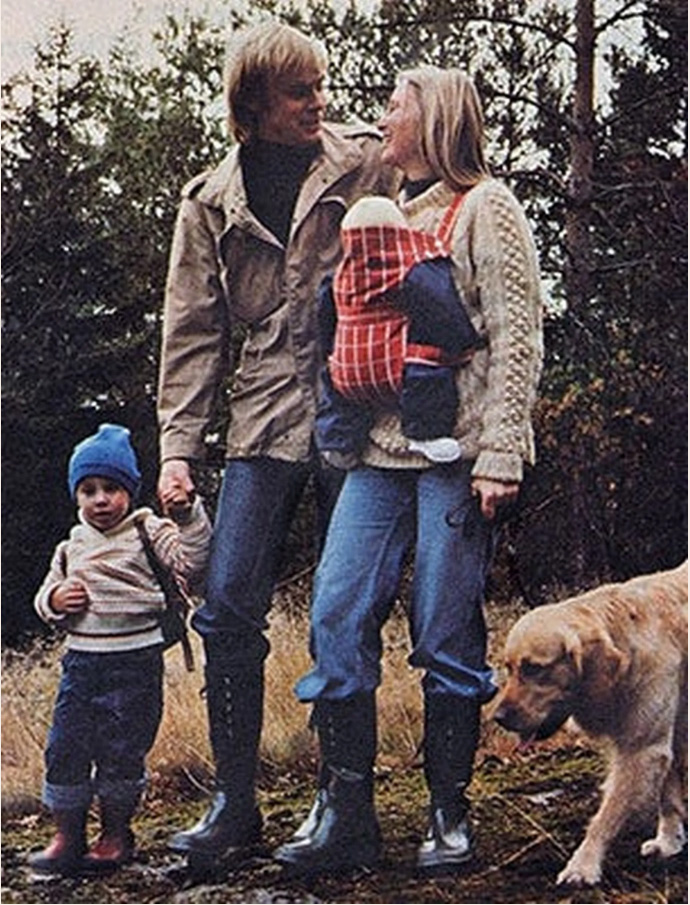 |
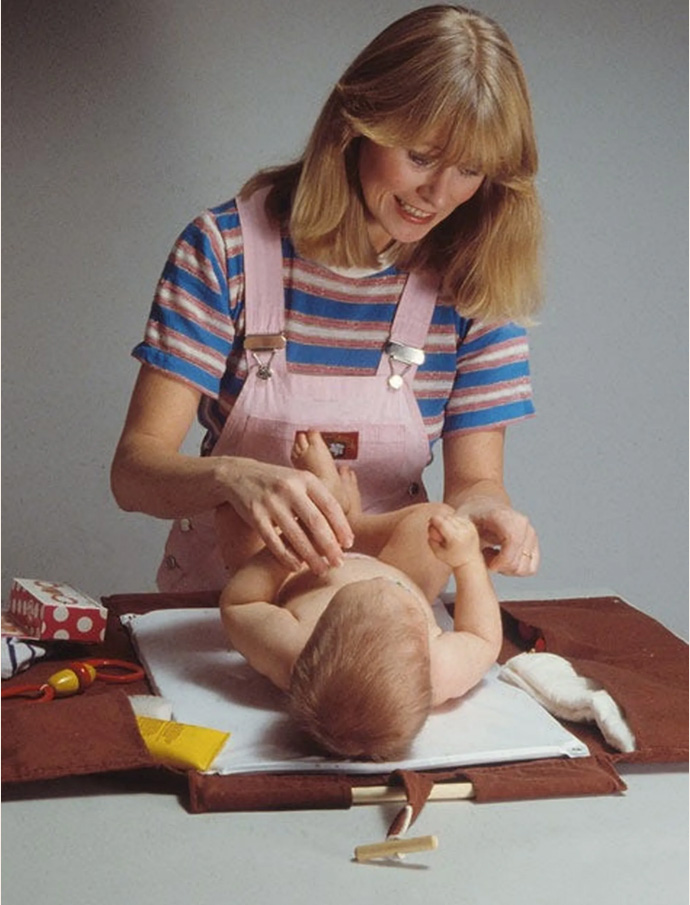 |
| 1970—the toy container This toy container was a best-selling product in the ’70s, especially in Germany. It could hold many different things, including children. |
1973—Close to heart This was the year we launched our first baby carrier. Our inspiration came from the medical community, which was now heavily promoting closeness for little babies. The carrier was named Close to Heart, and Björn described his own experience of carrying his daughter Josefin close to his heart: “It was like walking on clouds.” |
Changing diapers in the ’70s Baby-changing equipment was part of our product range for decades. This bag turned into a changing mat and was very popular for a long time. |
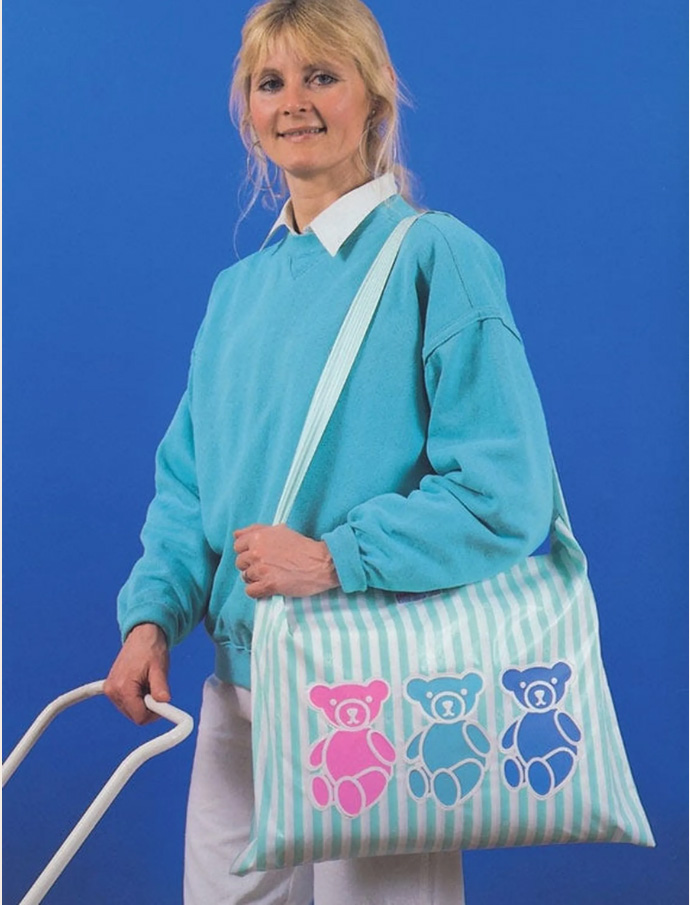 |
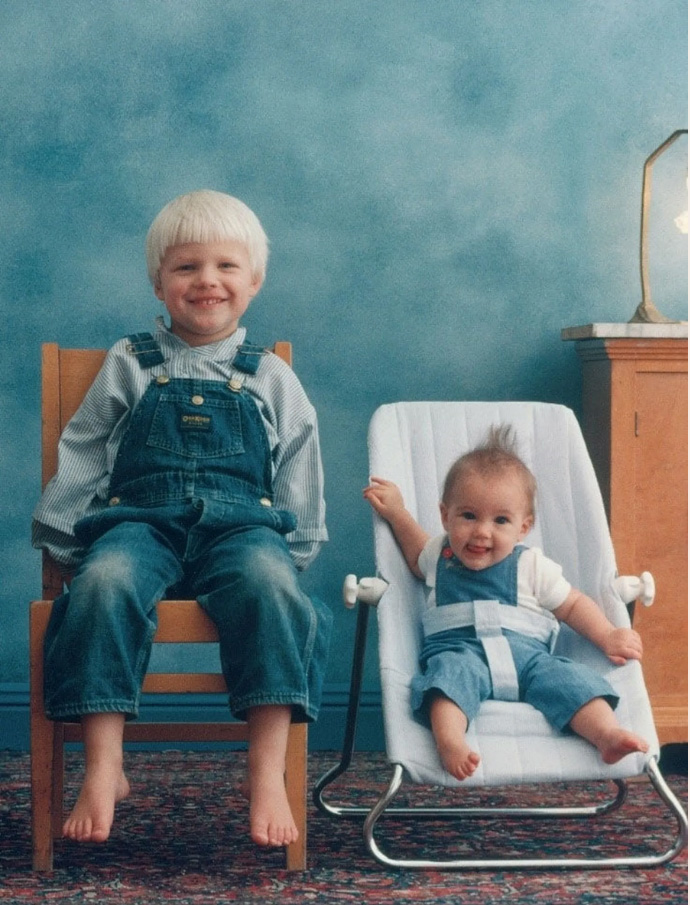 |
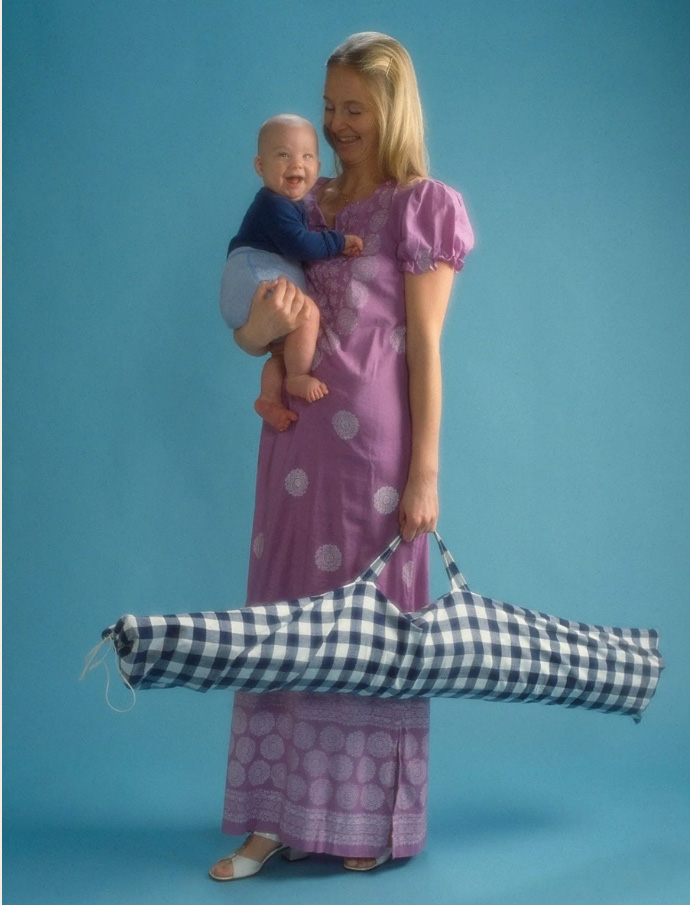 |
| ’80s version of the bouncer These young gentlemen featured in a campaign about durability and long-lasting products made for generations. |
‘80s diaper bags Our nappy bags were very popular and came in many shapes over the years. This is one of the more colourful ones, designed, of course, by Lillemor. |
Popular travel crib from the ’80s Our wooden travel cot found its way into many families’ hearts and stayed there for a long time. It feels rather heavy when you compare it to today’s version. |
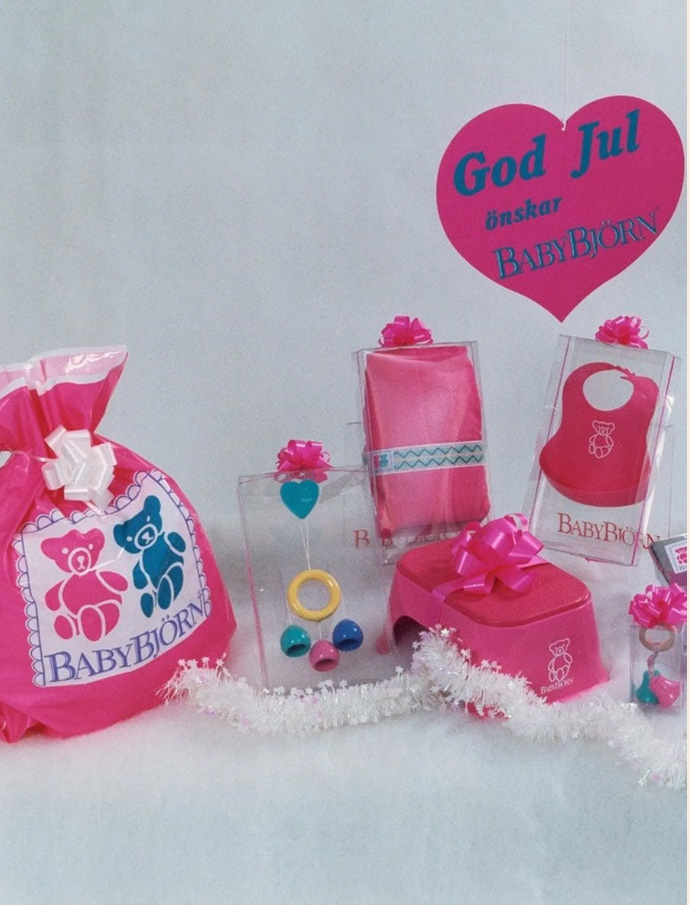 |
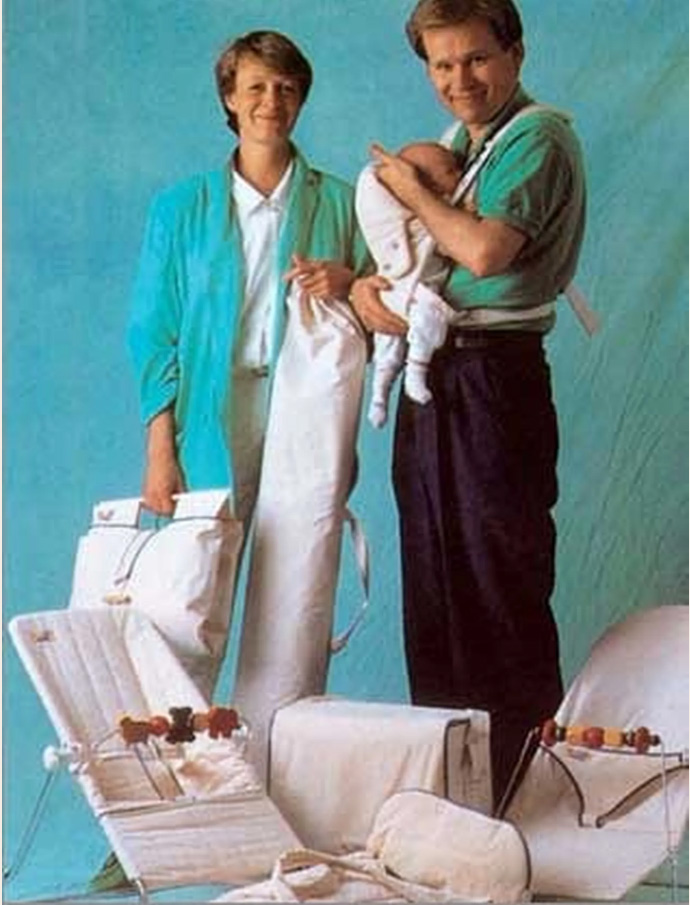 |
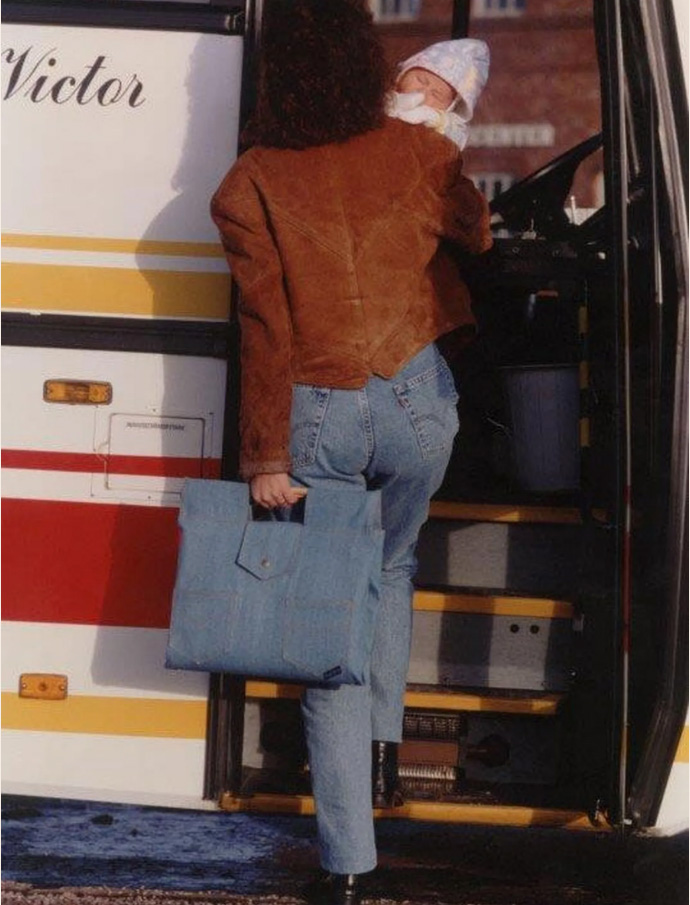 |
| 1985—color crush The 1980s saw an explosion of colours and patterns, which we definitely took advantage of. This was Lillemor’s holiday retail concept. |
Dads in ads in the ’80s Lillemor was adamant that fathers should be part of the marketing material early on, which was shocking to many distributors and partners outside Sweden. |
Denim design in the ’80s This changing bag was very popular with parents. Our logistics centre has been located in Småland, Sweden, since the company was founded. Many photo shoots took place nearby; this one is from the ’80s. |
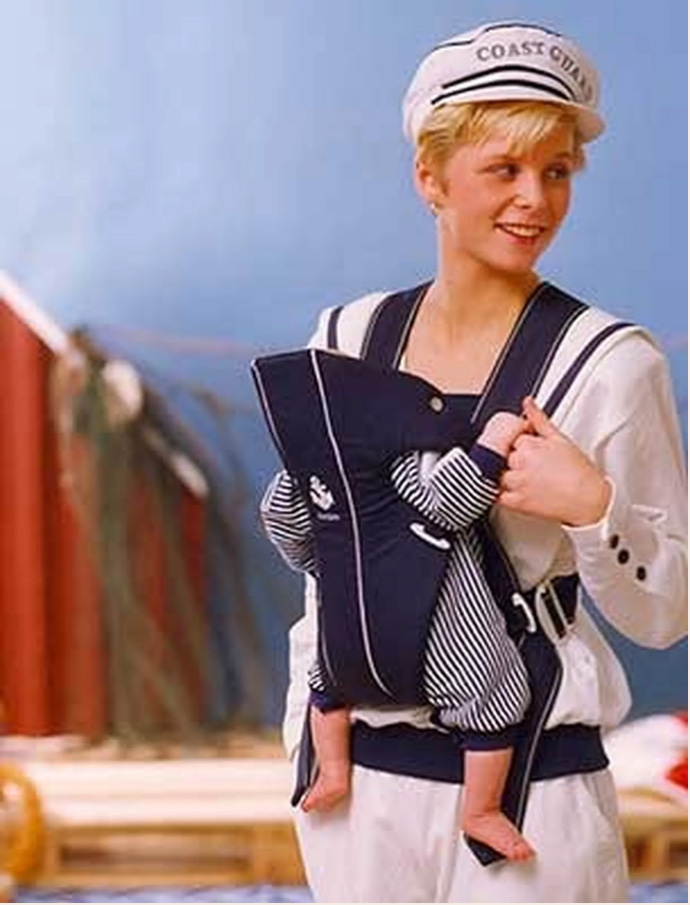 |
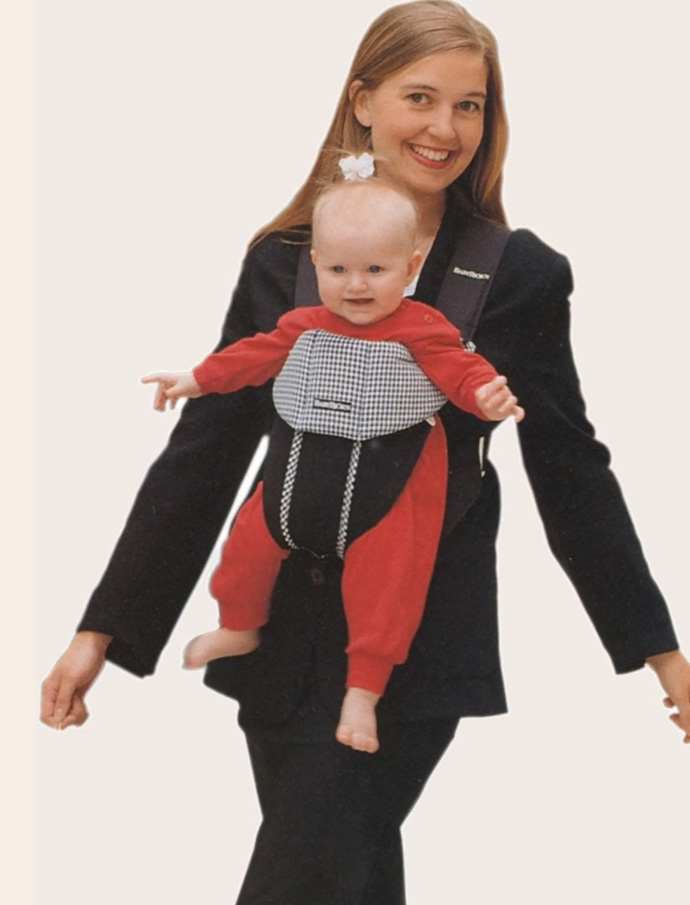 |
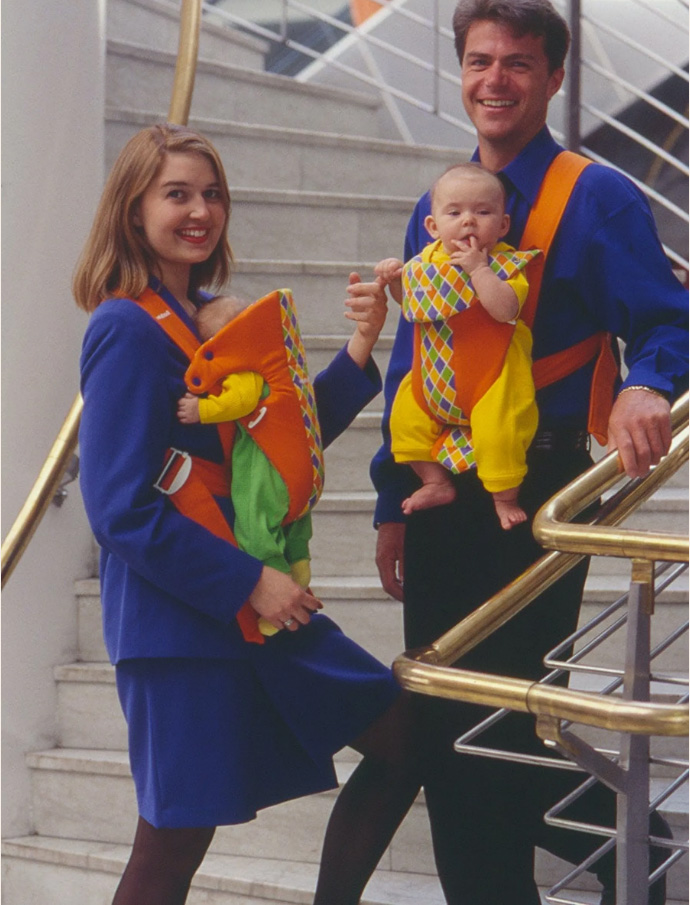 |
| 1991—the classic baby carrier Even though the baby carrier Close to Heart was really popular, Björn and Lillemor wanted to make a baby carrier that was easier to put on and take off. In 1991, we launched Baby Carrier Original, which featured a front-facing option and a chic navy design. Sales exploded, and the brand began to find new consumers in other parts of the world. |
1994—introducing a new color to the industry When Harpers’ Bazaar made a black-and-white fashion feature of the navy Baby Carrier Original, people called and wanted to buy the “black” carrier. Even Lillemor, who had been a pioneer in the baby industry with her classic fashion prints, was hesitant to make a baby product in black. But since the response was overwhelmingly positive, she soon created a baby carrier in sleek black—and it has been an iconic product ever since. |
1997—classic designs… Picking up on classic fashion prints, such as tartan, gingham and pinstripe, to match the style and outfits of parents had become Lillemor’s specialty. For some reason, this classic Harlequin pattern never became an evergreen design. |
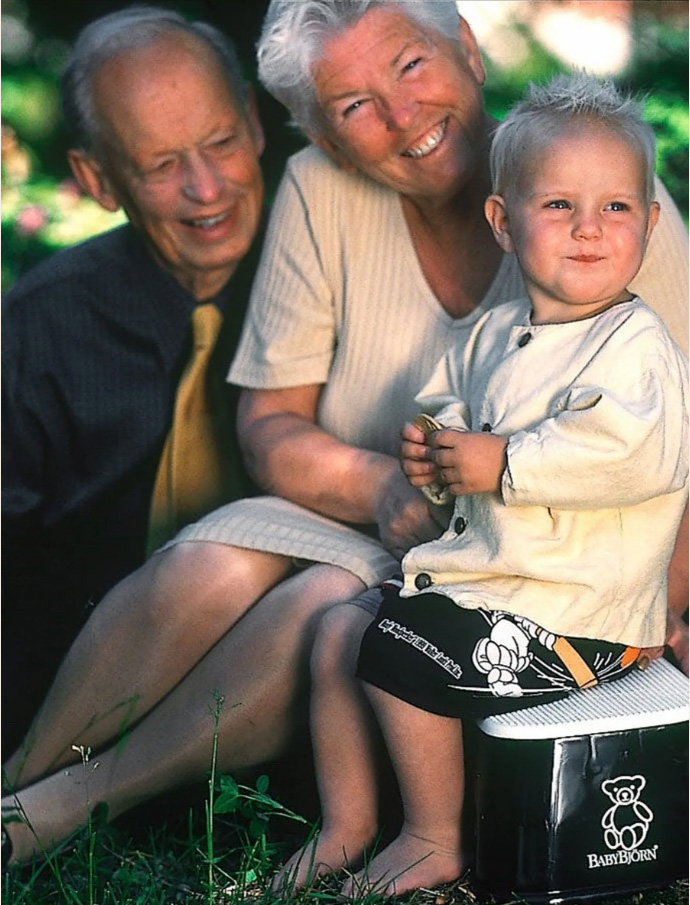 |
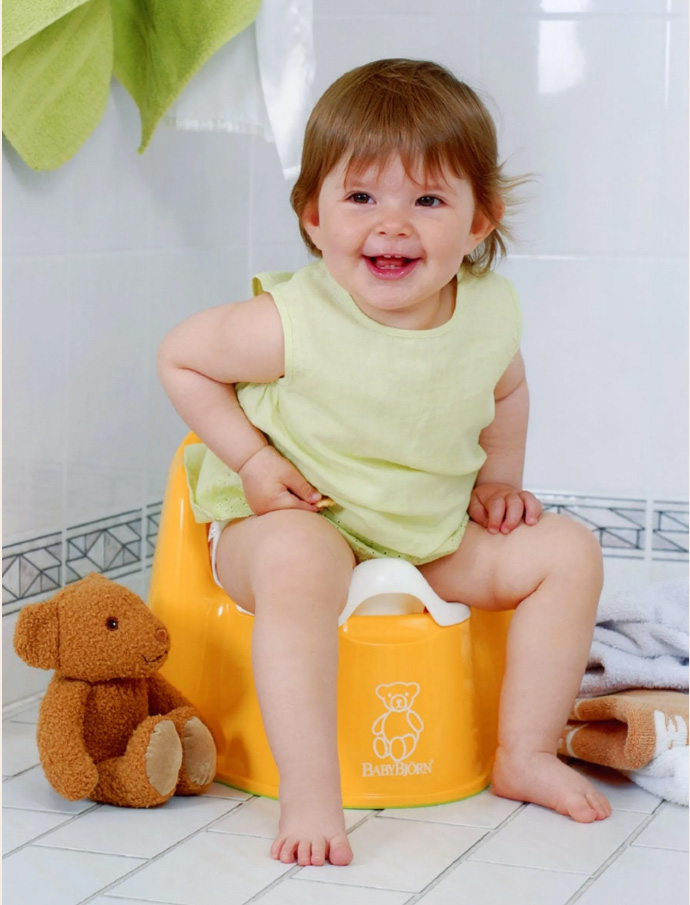 |
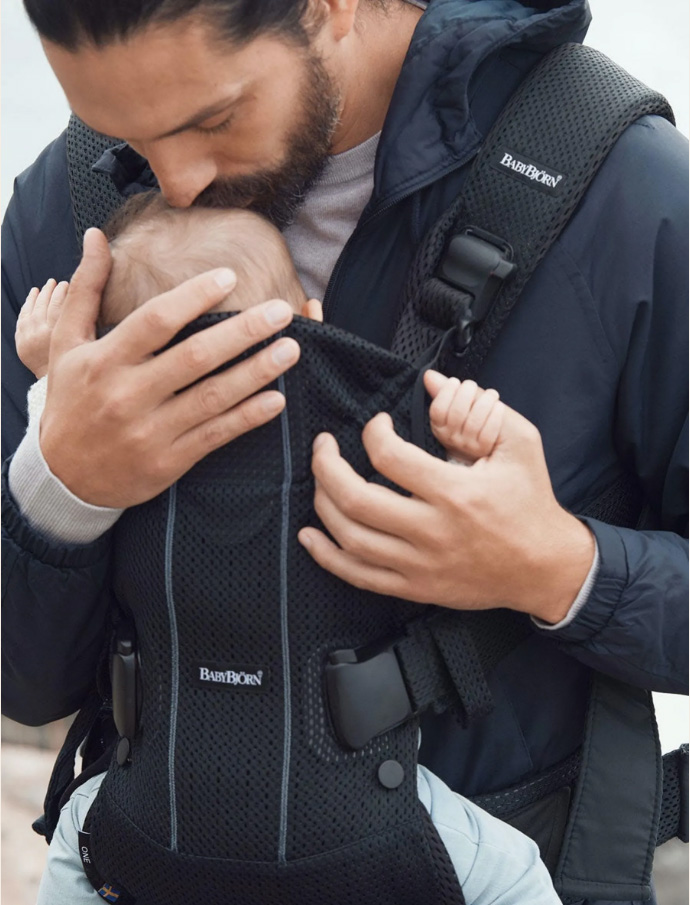 |
| 2000—new inspiration The family has gained ten grandchildren since the ’90s, and with them came new product ideas. Lillemor and Björn call their grandchildren “the dessert of life.” |
2005—potty time Potties have been part of our range since the 1960s. They have come in different shapes and colours, and for a while during the ’70s we even had a see-through potty, made specifically for daycare centres. Needless to say, it was not a success. |
2013—introducing Baby Carrier One Babywearing was becoming more and more popular, and parents wanted to carry their babies for longer periods. This resulted in Baby Carrier One and the beginning of a range of new carriers. |
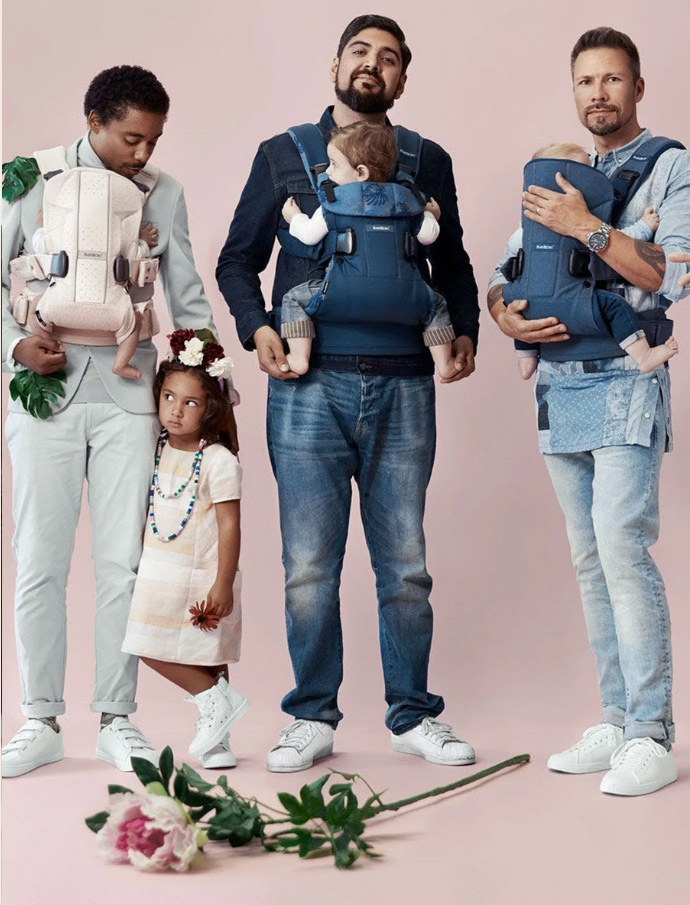 |
 |
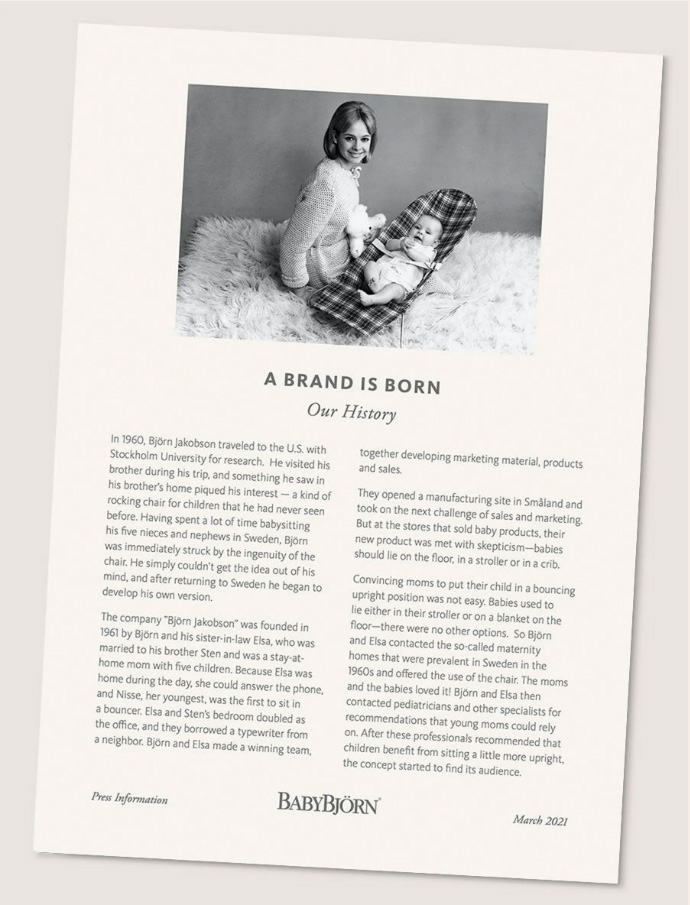 |
| 2017—#dadstories When the #dadstories collection was launched in 2017 and fathers shared their experiences, there were no shocked reactions or protests – only love and support. |
2019—second generation In 2018, Björn and Lillemor handed over full ownership to the second generation, which has grown up with BabyBjörn as a fifth sibling. |
Press information Want to dig deeper into our history and read about all the important events from our start in 1961 to the present day? Here’s the full version of our history. |
